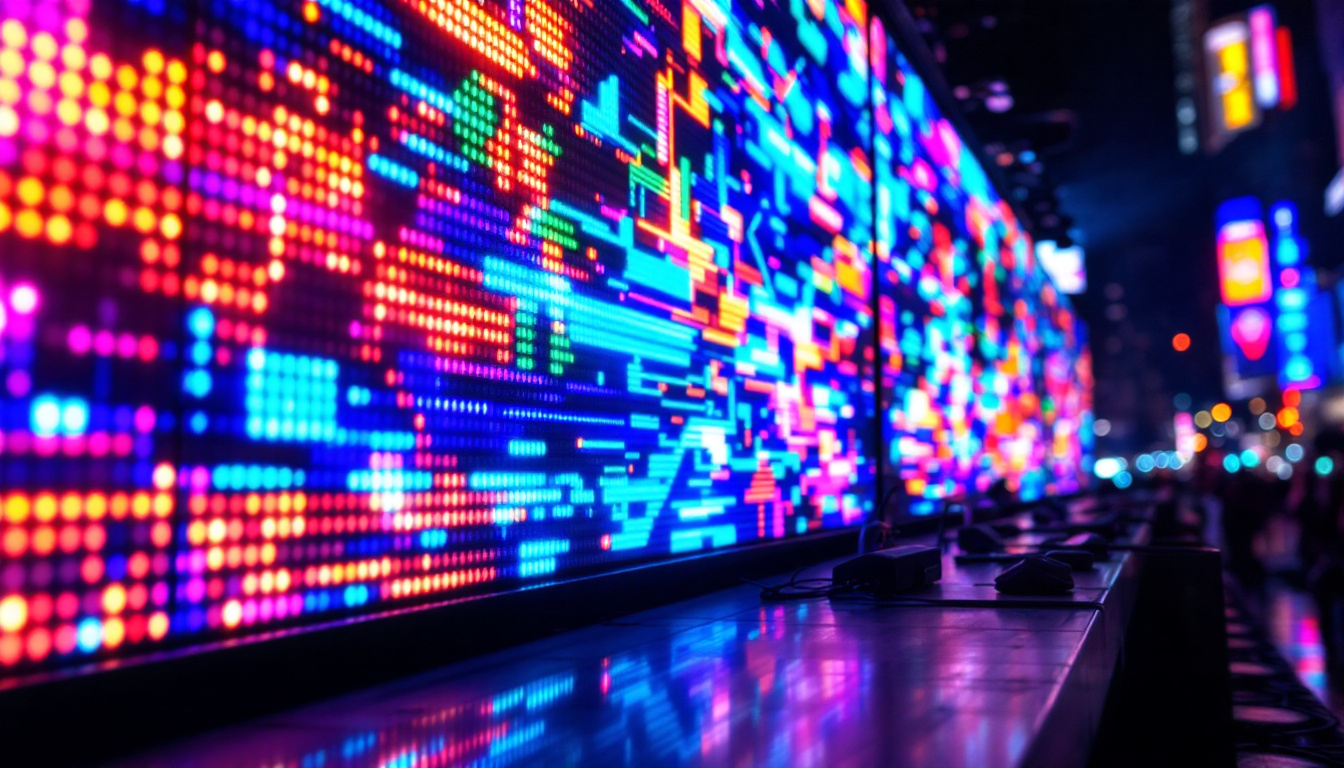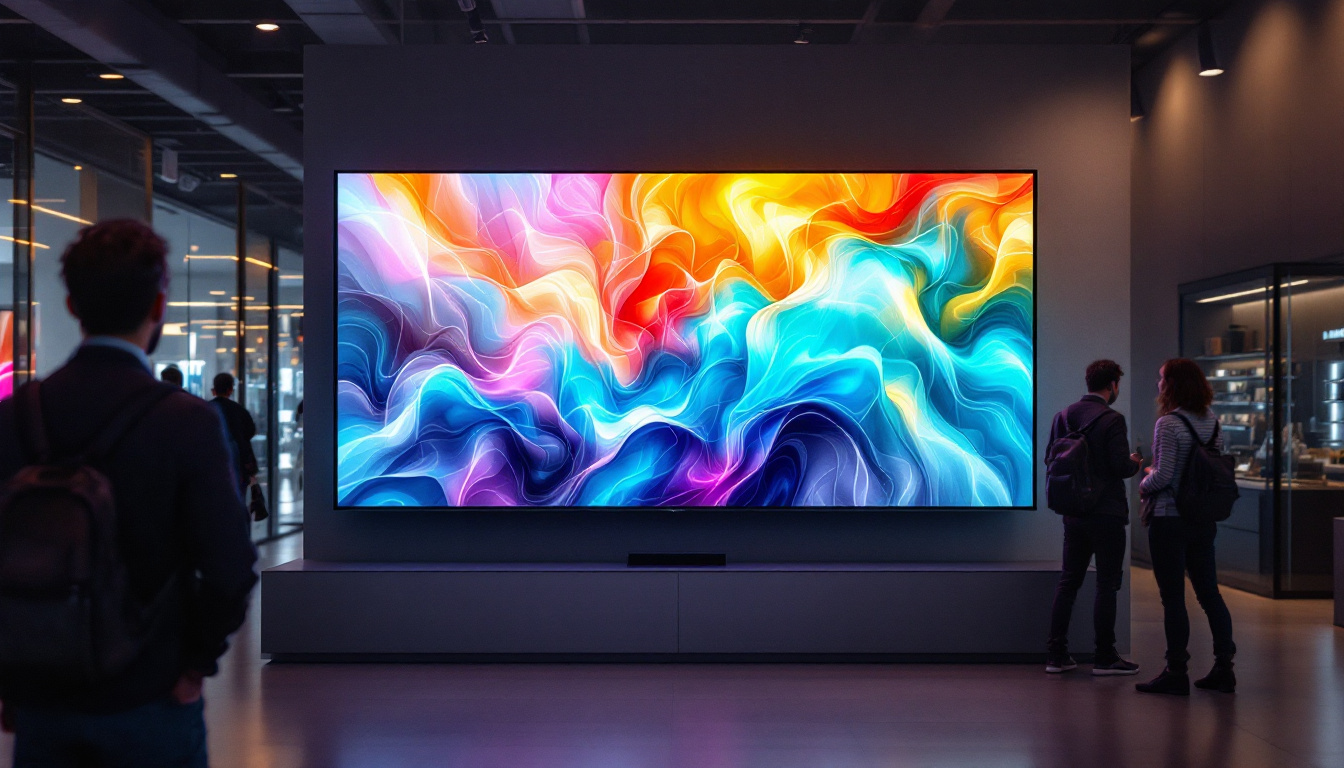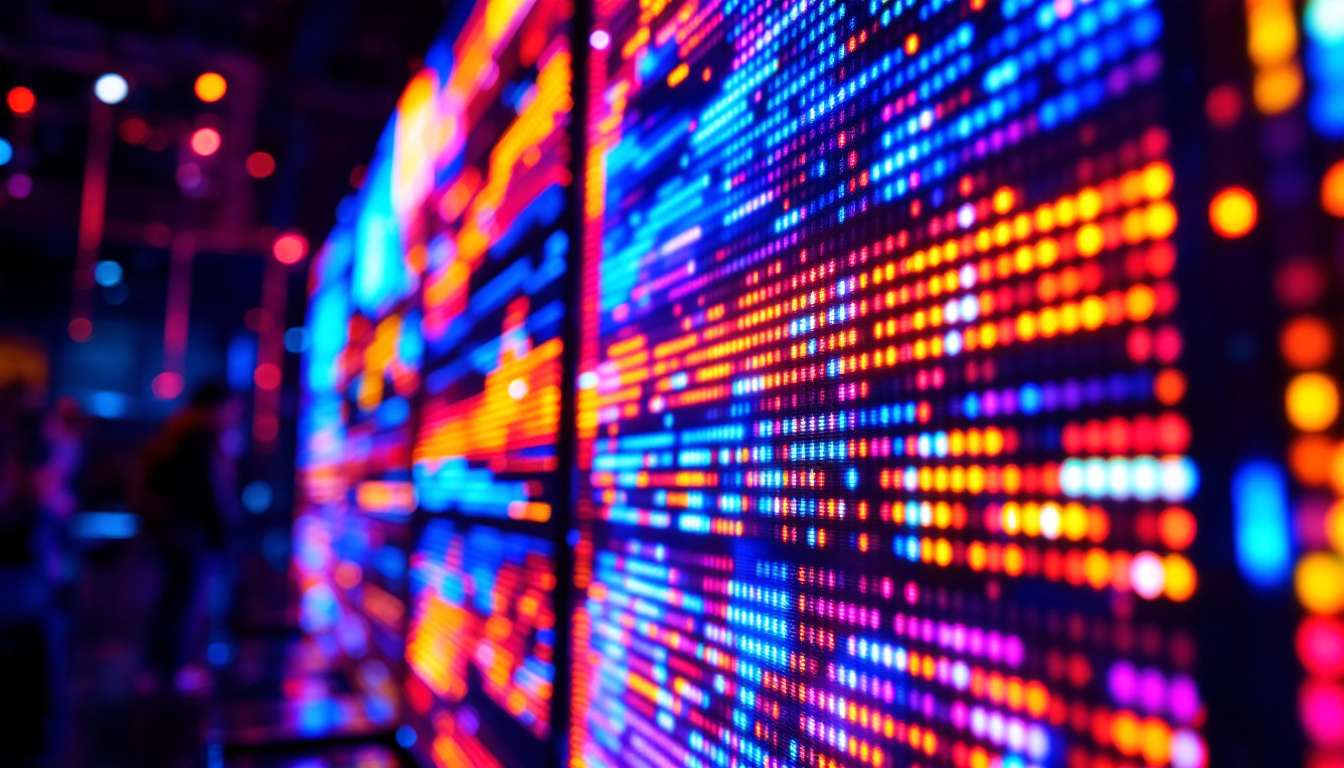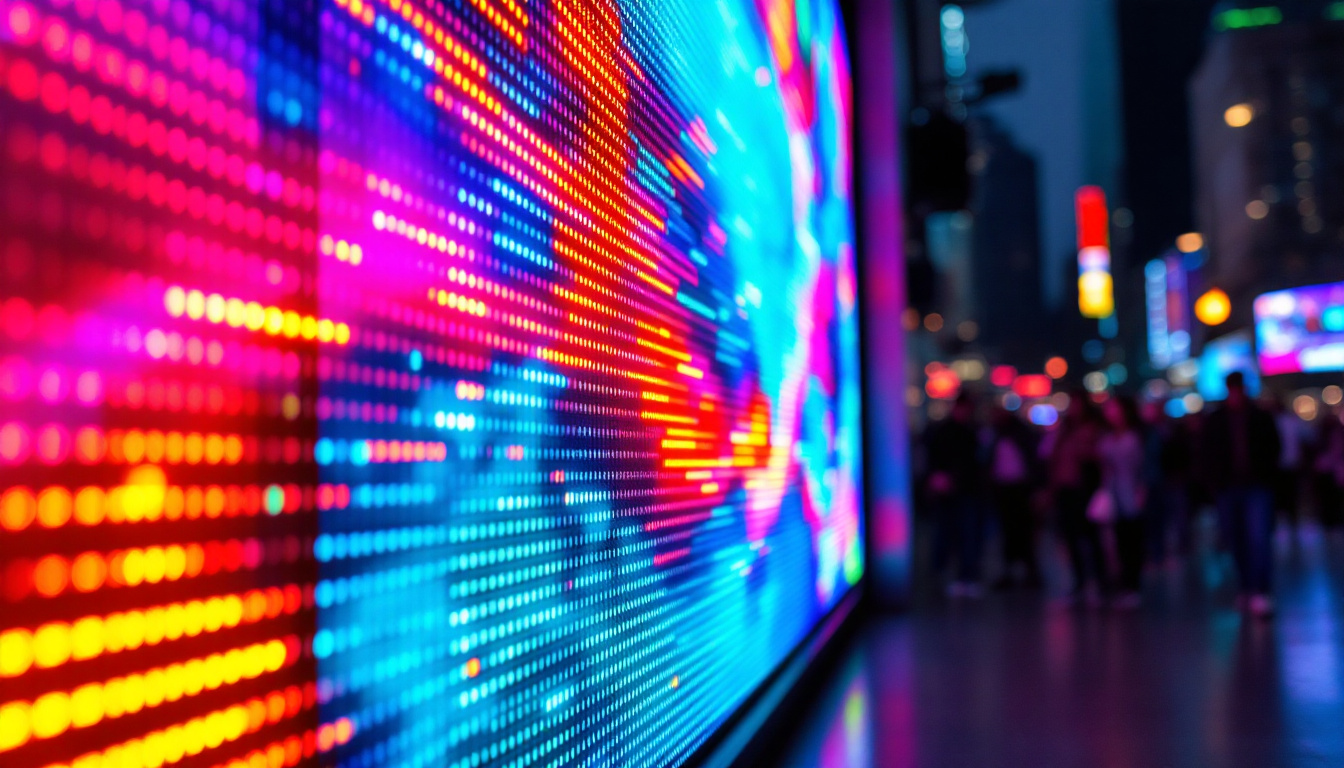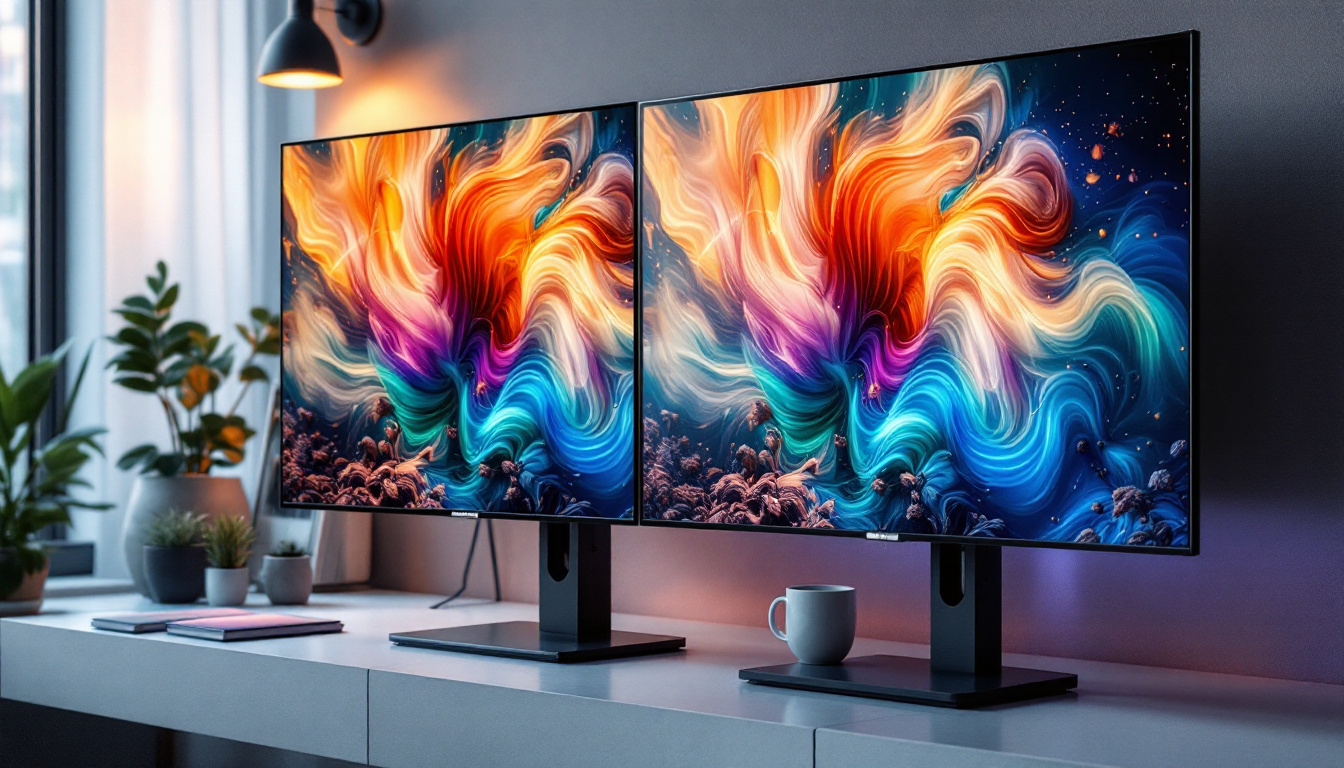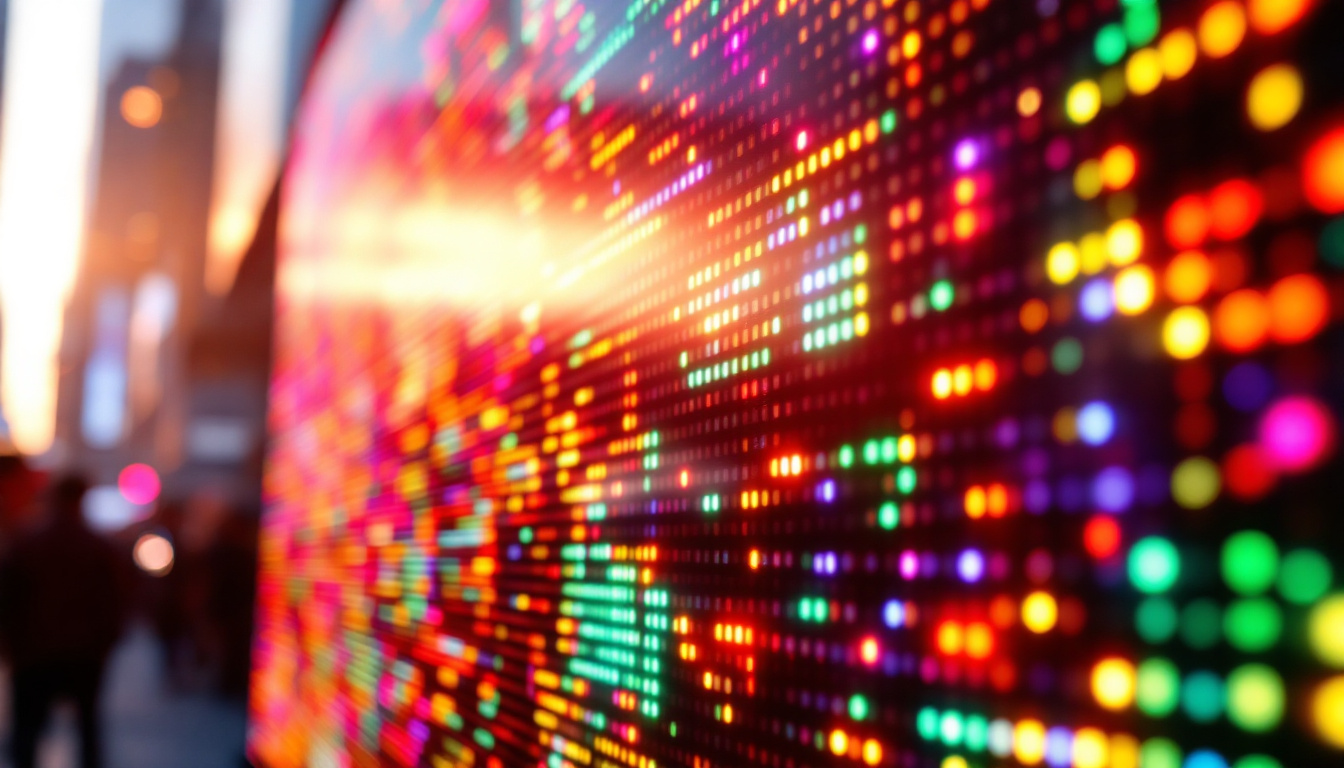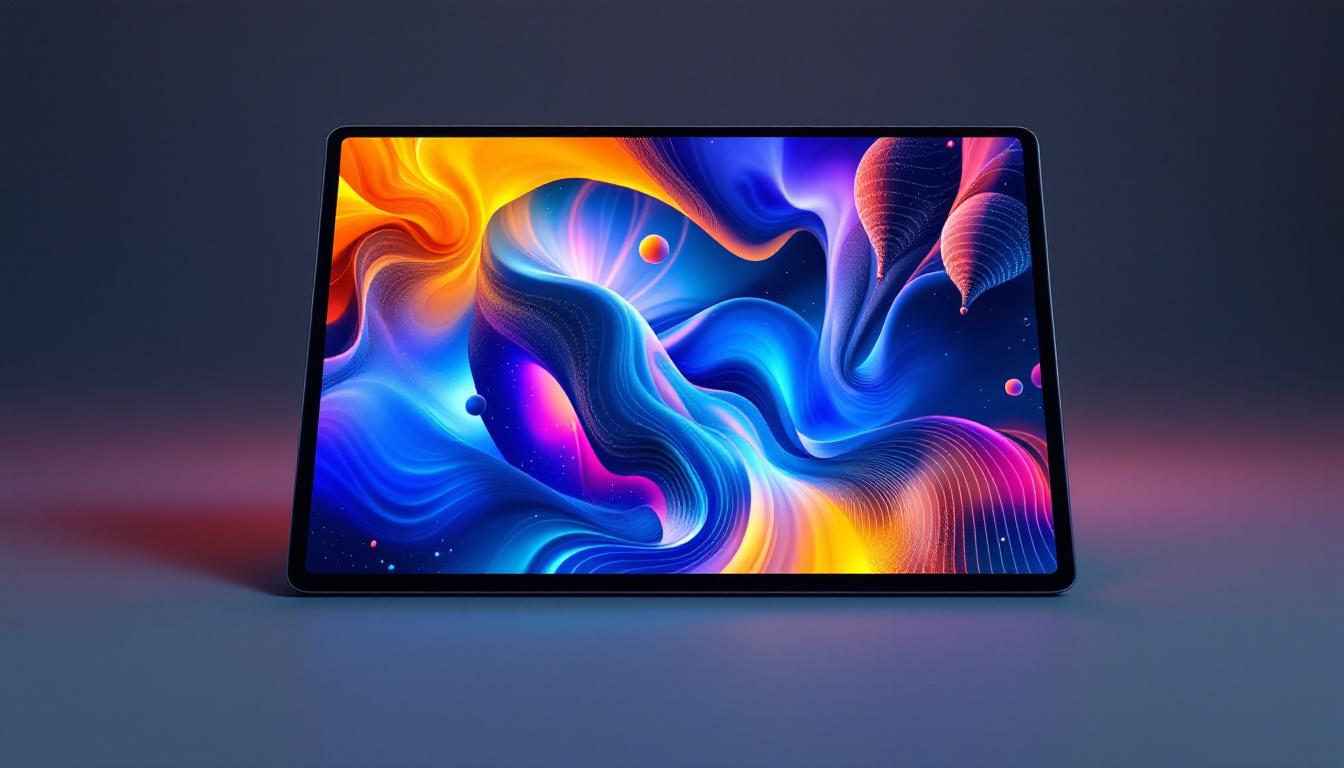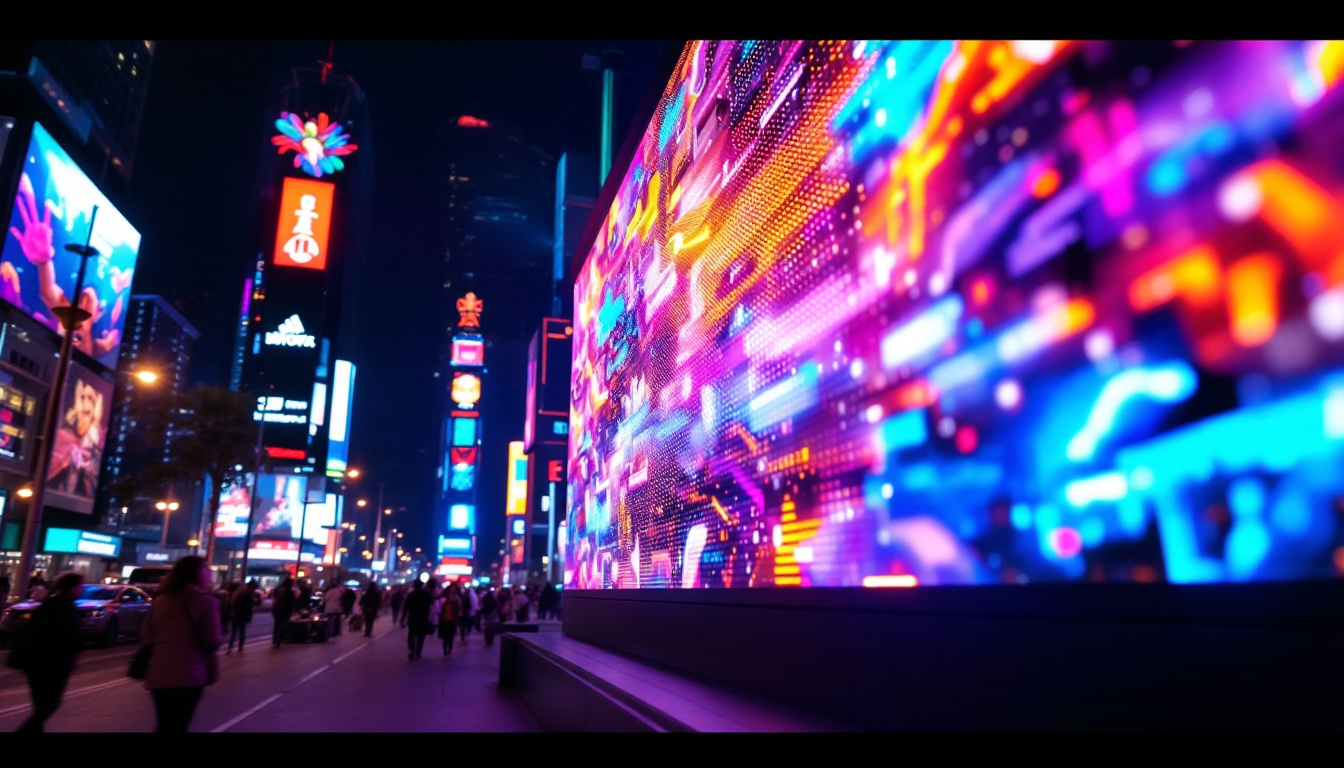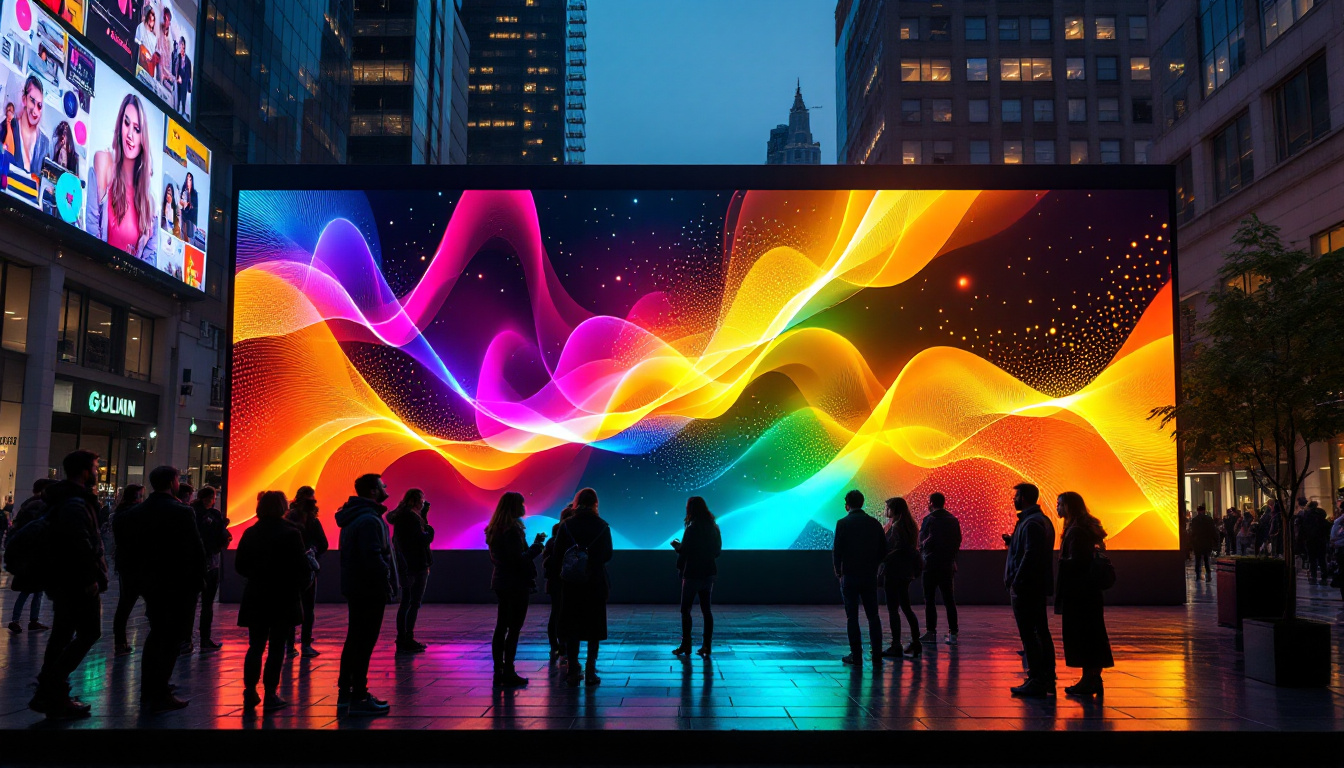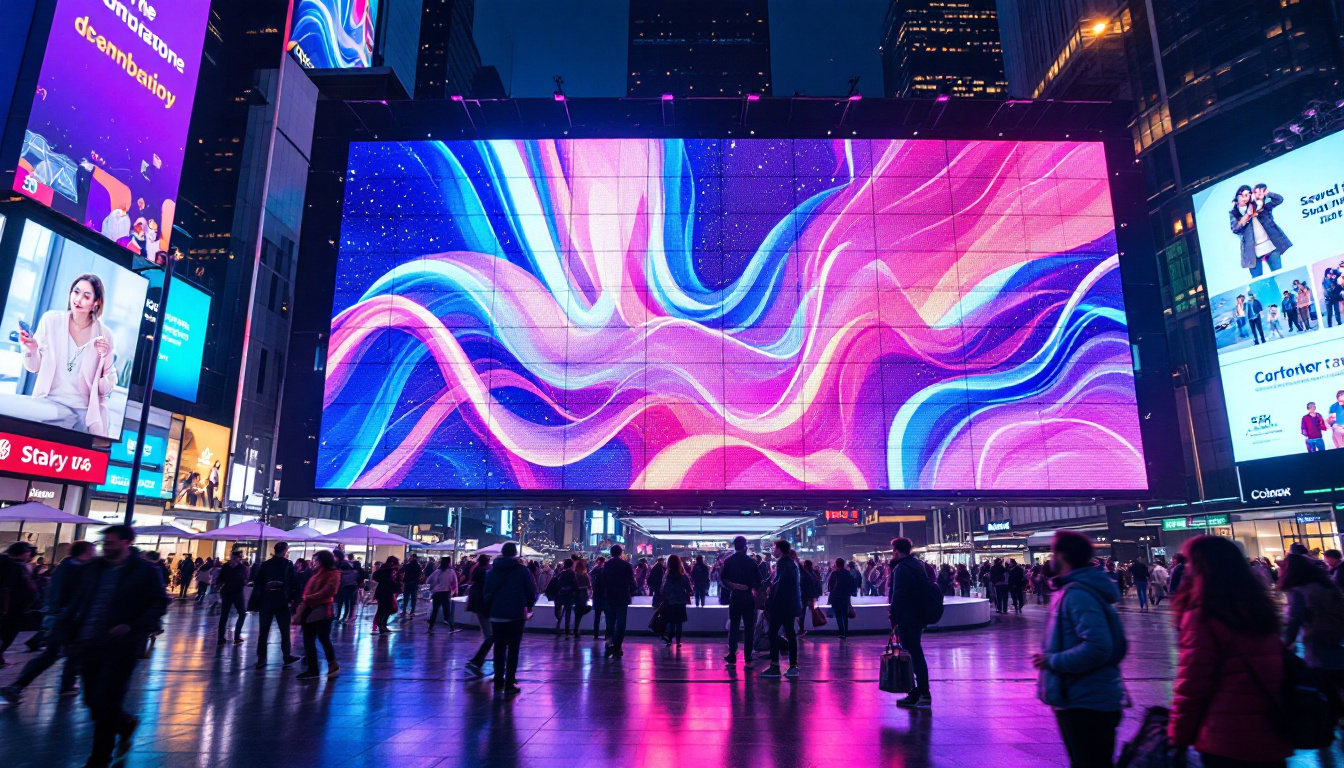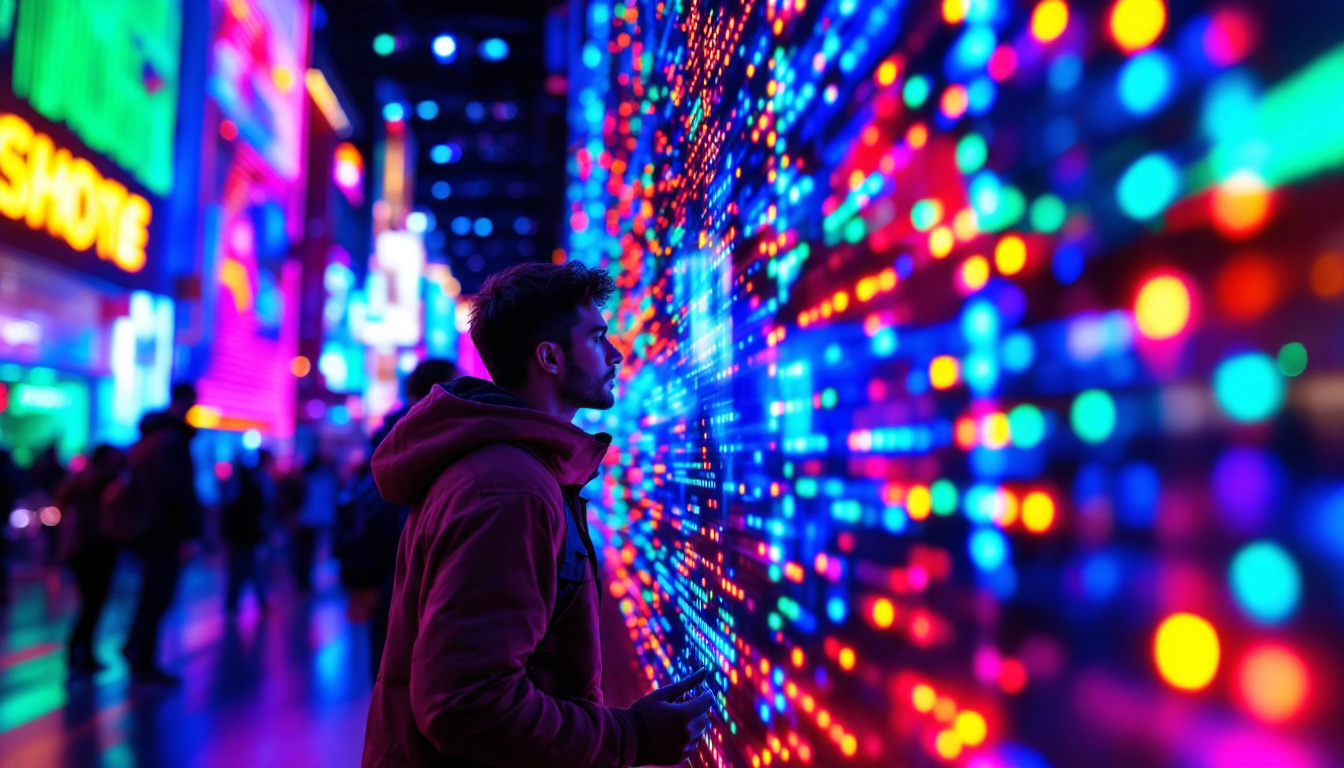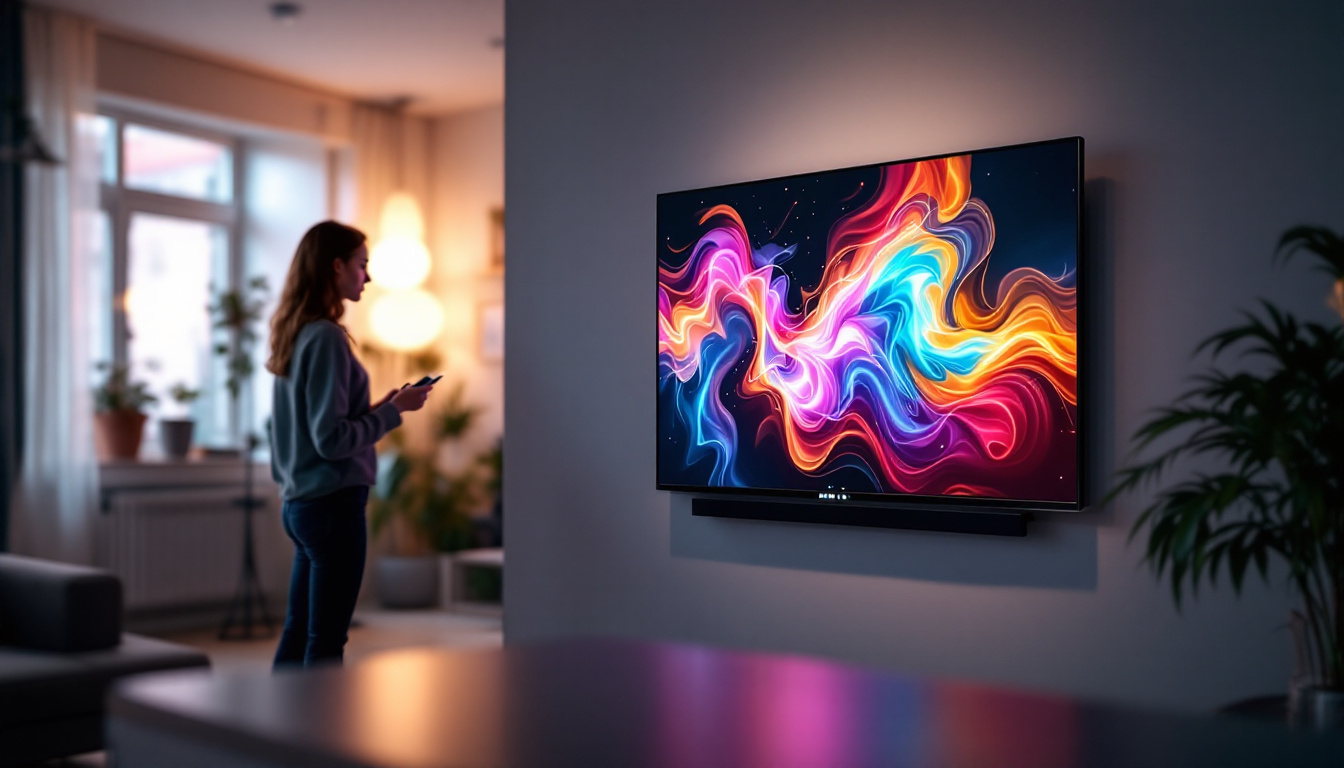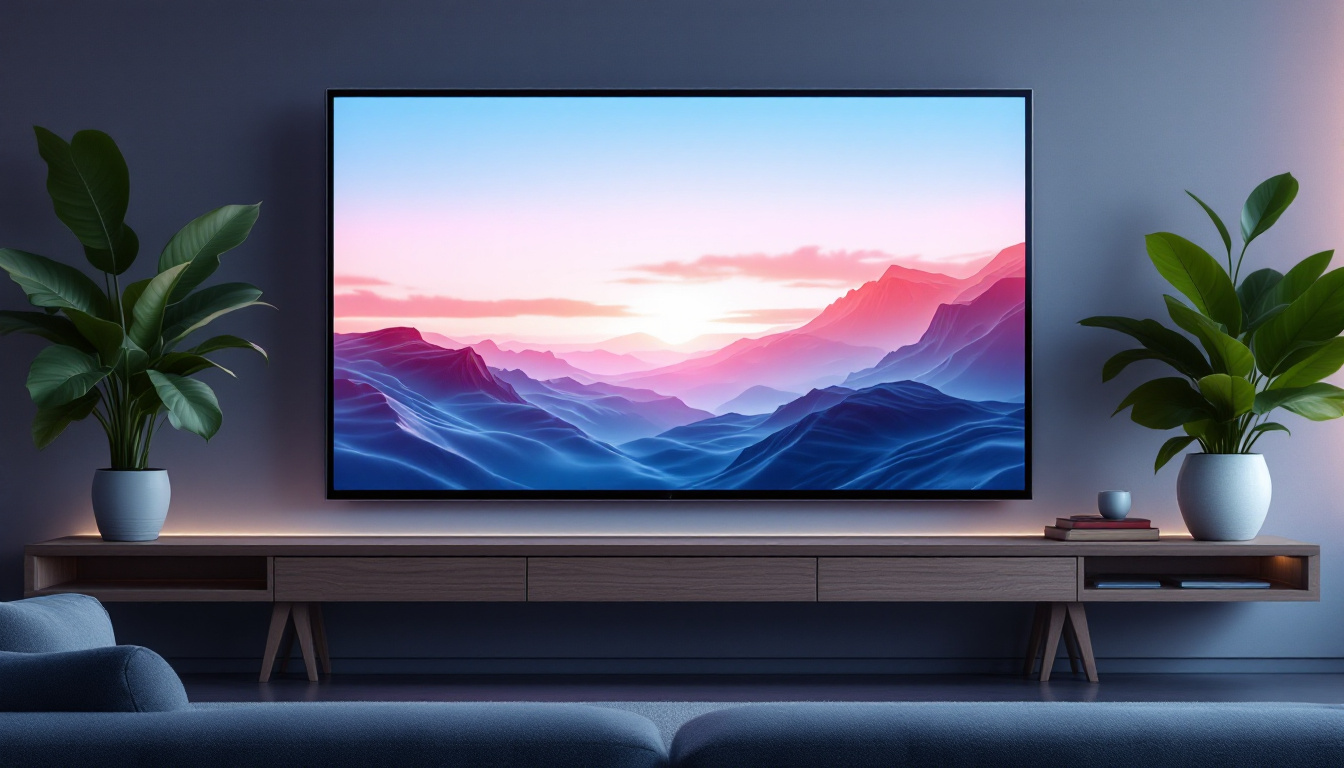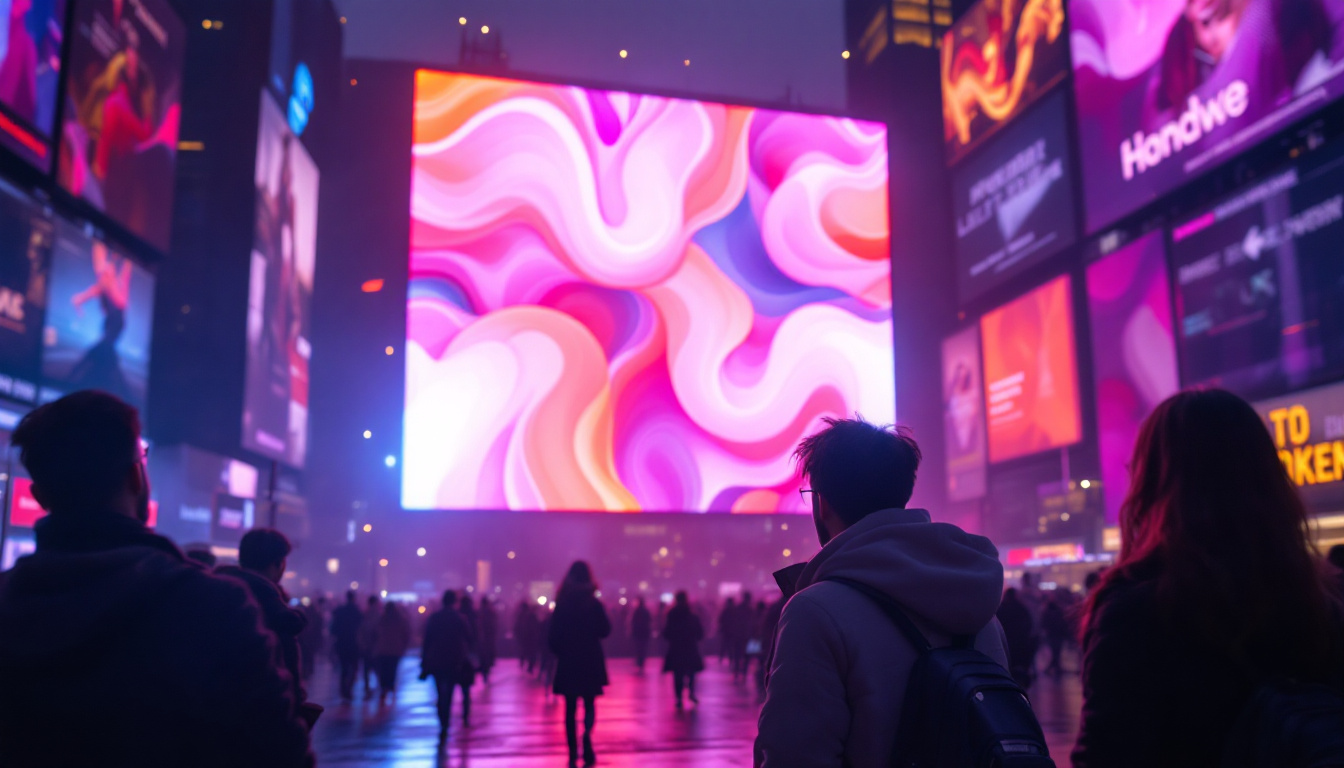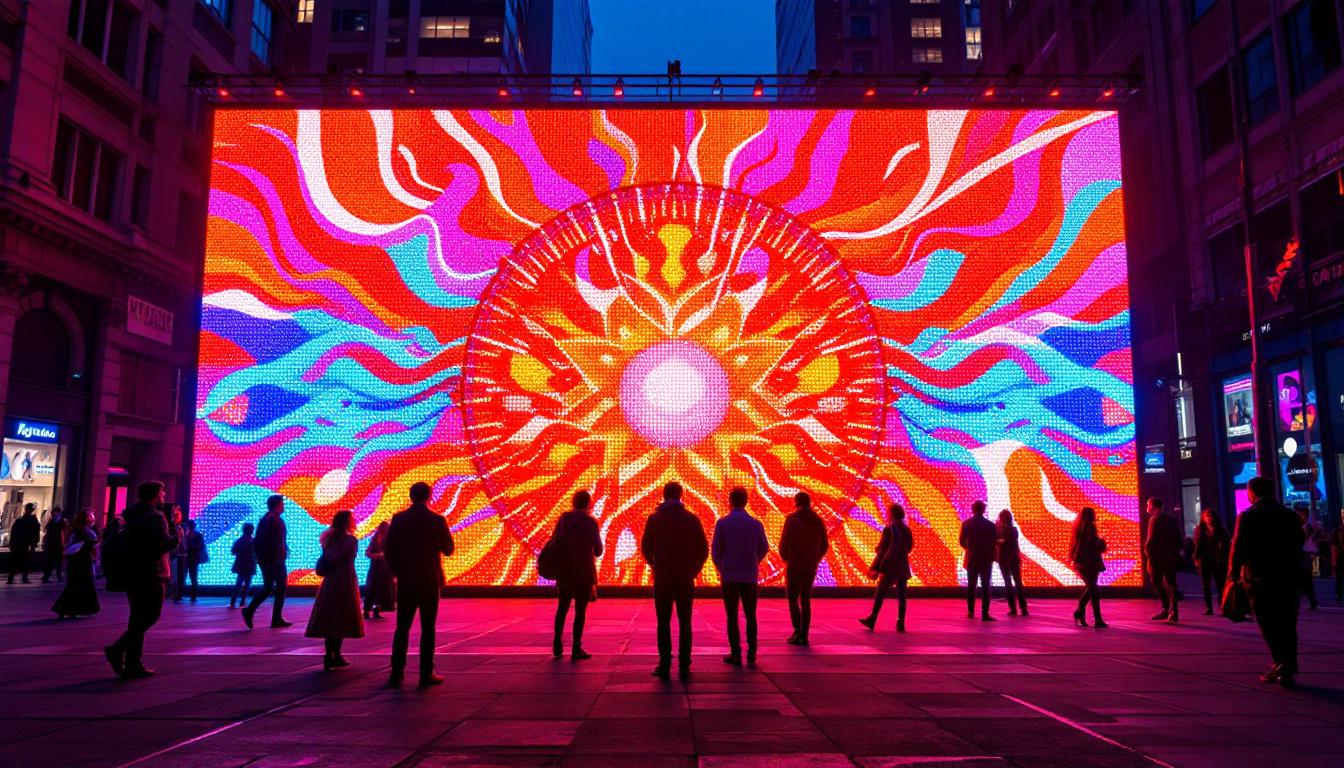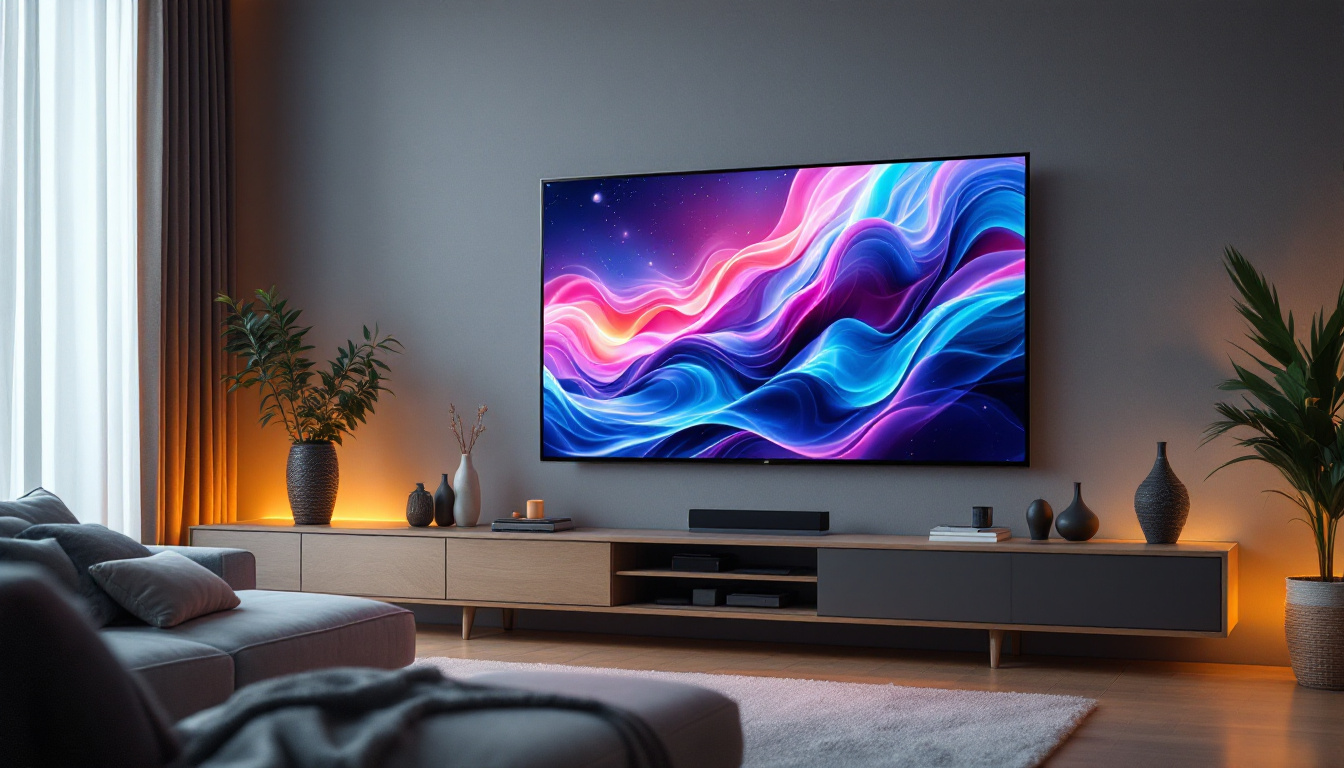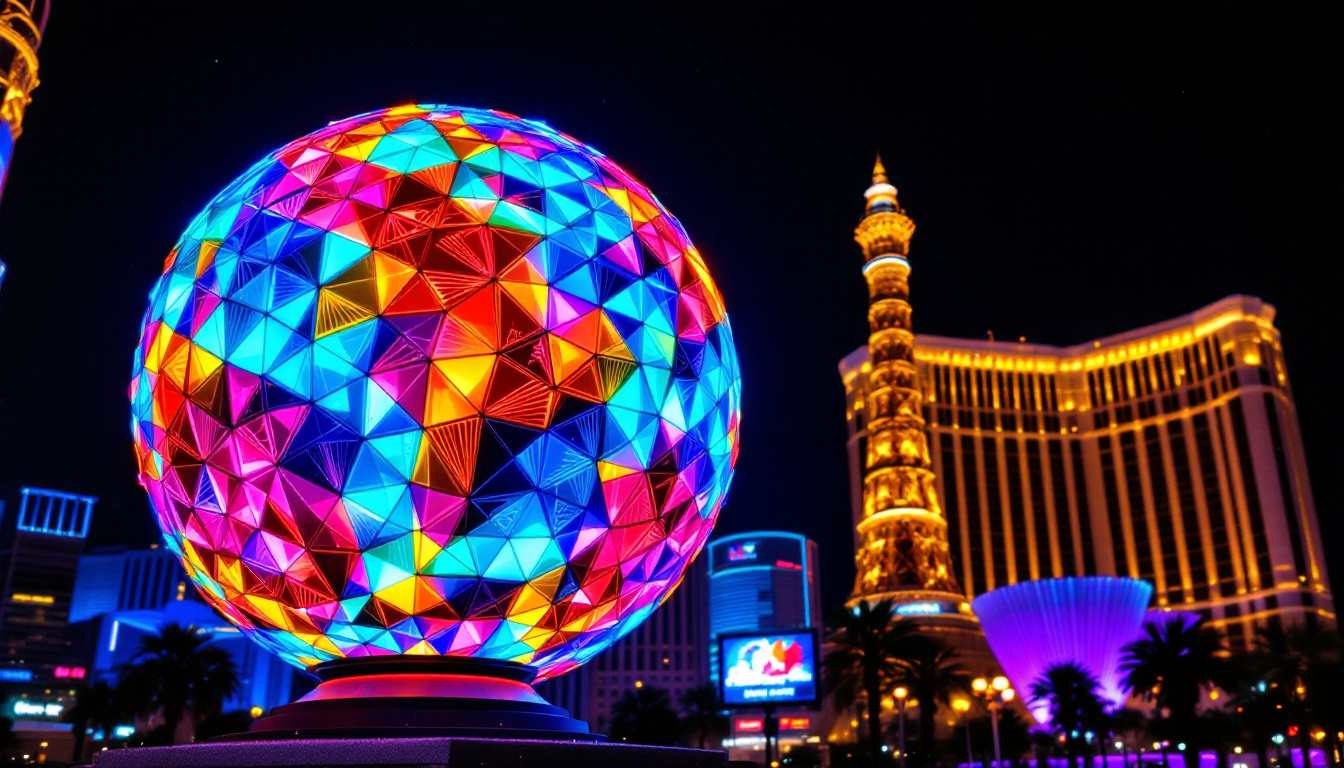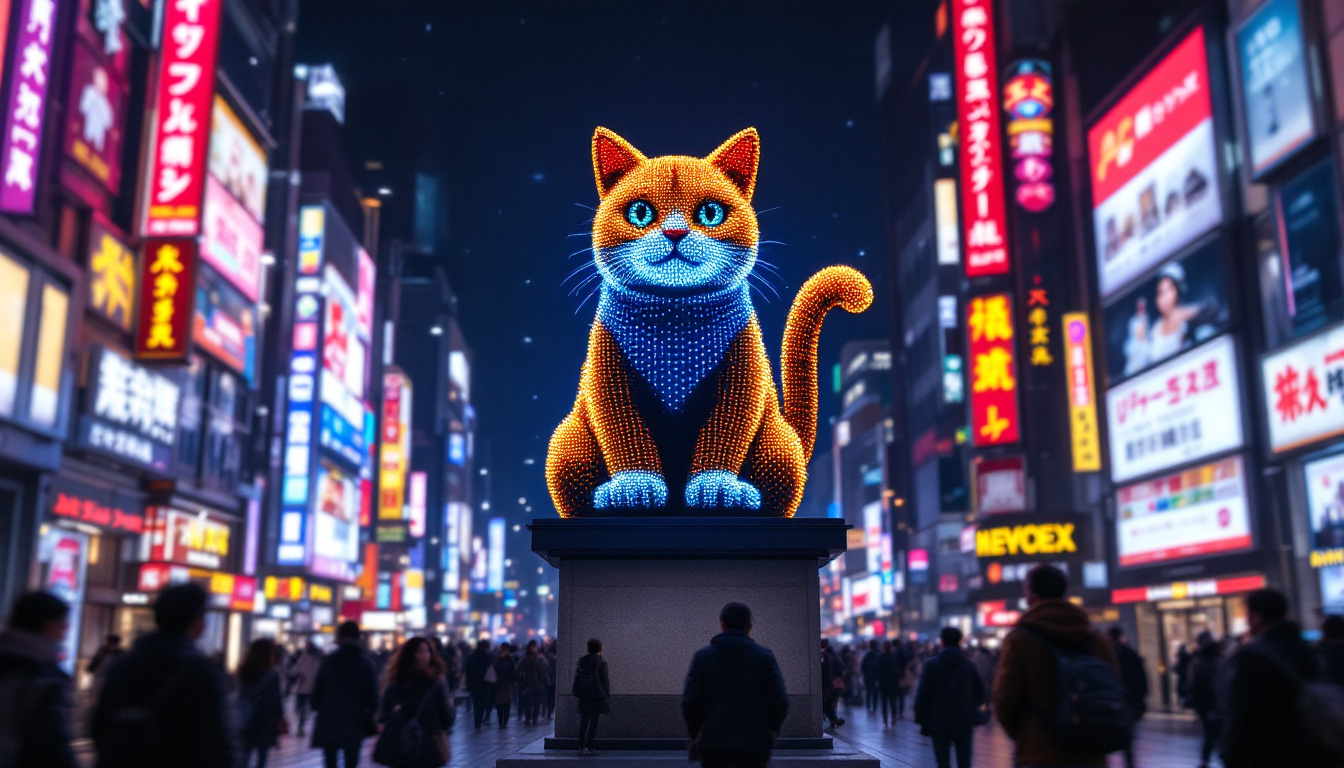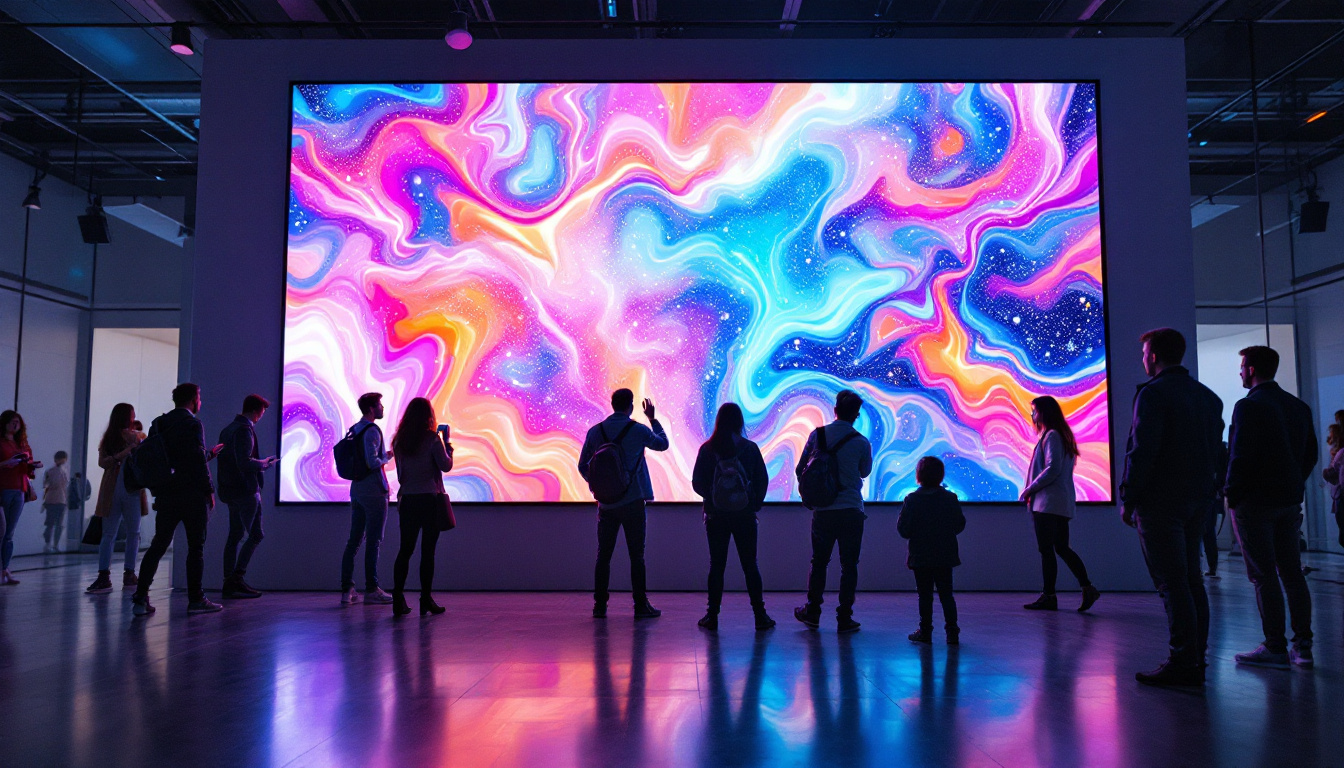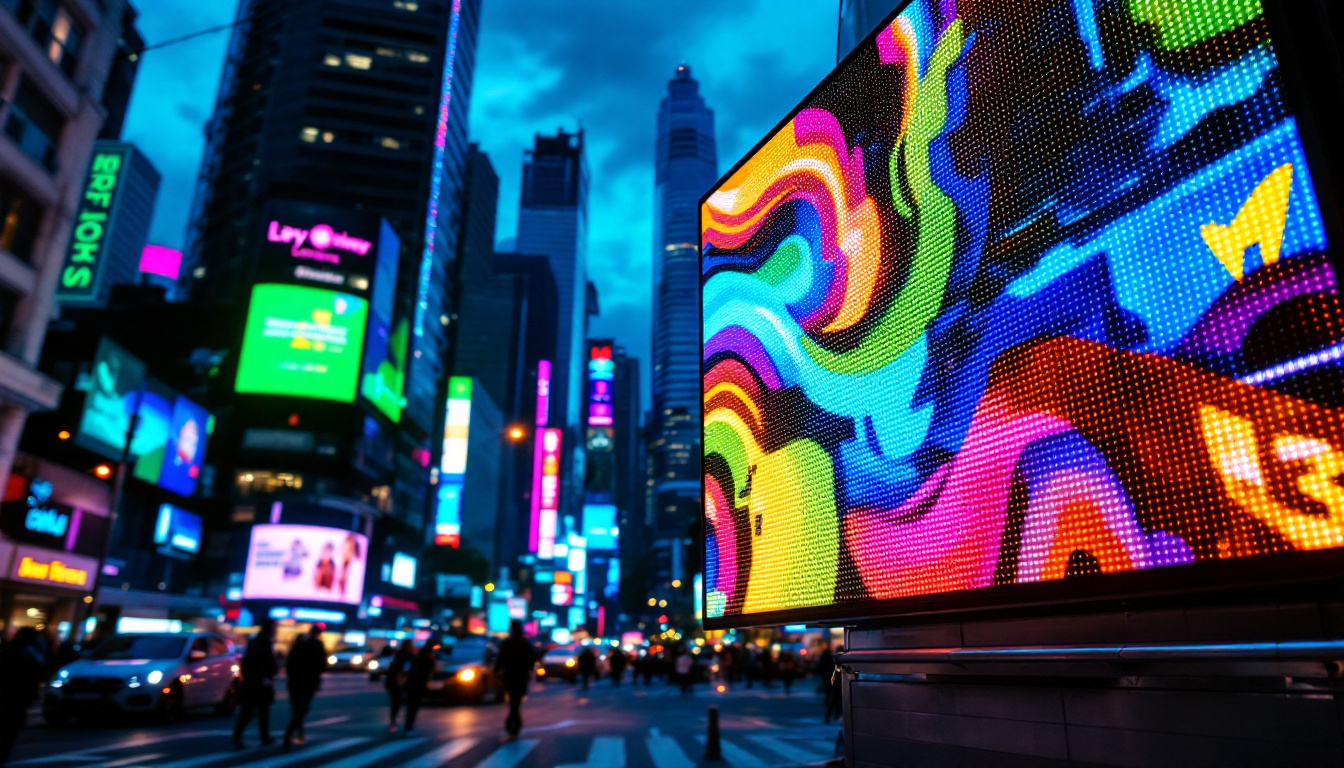In the modern world, LED displays have become an integral part of our daily lives, found in everything from billboards to smartphones. The technology behind these displays is continually evolving, and Lattice Hq is at the forefront of this innovation. This article will explore the fundamentals of LED displays, the technology behind them, and how Lattice Hq is contributing to this dynamic field.
Understanding LED Technology
LED, or Light Emitting Diode, technology has revolutionized the way visual information is presented. Unlike traditional display technologies, LEDs offer numerous advantages, including energy efficiency, brightness, and longevity. Understanding how LEDs work is essential to appreciate their application in various display formats. The rapid advancement in LED technology has not only transformed consumer electronics but has also paved the way for innovative solutions in lighting, automotive design, and even architectural applications.
How LEDs Work
At the core of LED technology is the semiconductor material that emits light when an electric current passes through it. This process is known as electroluminescence. The color of the light emitted depends on the materials used in the semiconductor. For instance, gallium nitride emits blue light, while indium gallium phosphide produces green light. The efficiency of LEDs is remarkable; they convert a significant portion of electrical energy into visible light, which is why they consume far less power than incandescent or fluorescent bulbs. This efficiency not only reduces electricity bills but also contributes to a lower carbon footprint, making LEDs an environmentally friendly choice.
LEDs are typically arranged in a grid format to create a display. Each LED can be turned on or off independently, allowing for the creation of images and videos with vibrant colors and high contrast. This flexibility is one of the reasons why LED displays are so popular in various applications. Moreover, advancements in technology have led to the development of smart LEDs that can change colors and brightness based on ambient light conditions or user preferences, enhancing the overall user experience. The integration of smart technology with LEDs has opened new avenues for interactive displays, where users can engage with the content in real-time.
Types of LED Displays
There are several types of LED displays, each suited for different applications. The most common types include:
- Direct View LED Displays: These displays consist of individual LEDs that form the entire screen. They are commonly used in outdoor advertising and large venues due to their high brightness and visibility. Their ability to withstand harsh weather conditions makes them a preferred choice for billboards and stadiums.
- LED Backlit Displays: These displays use LEDs to illuminate an LCD panel. They are widely used in televisions and computer monitors, providing better contrast and energy efficiency compared to traditional fluorescent backlighting. The thin profile of LED backlit displays also allows for sleeker designs, appealing to modern aesthetics.
- Organic LED (OLED) Displays: OLED technology uses organic compounds to emit light. These displays offer superior color accuracy and contrast ratios, making them ideal for high-end televisions and smartphones. Additionally, OLEDs can be made flexible, leading to innovative designs such as curved screens and foldable devices.
Another emerging type of LED display is the MicroLED, which consists of microscopic LEDs that can create high-resolution images with incredible brightness and color fidelity. MicroLED technology is gaining traction in the market for its potential to combine the best features of OLED and traditional LEDs, offering a longer lifespan and greater energy efficiency. As the demand for high-quality visual experiences continues to grow, the evolution of LED technology promises to deliver even more exciting innovations in the future.
The Role of Lattice Hq in LED Display Technology
Lattice Hq is a key player in the LED display market, providing innovative solutions that enhance the performance and capabilities of LED technology. Their focus on research and development has led to significant advancements in display technology, making them a preferred choice for many businesses and industries.
Innovative Solutions
One of the standout features of Lattice Hq is its commitment to innovation. The company invests heavily in research and development to create cutting-edge solutions that address the evolving needs of the market. This includes advancements in pixel density, energy efficiency, and color accuracy, ensuring that their displays remain competitive in a rapidly changing landscape.
Additionally, Lattice Hq has developed proprietary technologies that enhance the performance of their LED displays. For example, their unique calibration techniques allow for precise color matching across different display units, ensuring a consistent viewing experience. This is particularly important for applications such as digital signage, where uniformity is crucial for brand representation.
Applications of Lattice Hq Displays
The versatility of Lattice Hq displays allows them to be used in a wide range of applications. From large-scale outdoor advertising to indoor retail displays, their technology is designed to meet the specific needs of various industries.
In the entertainment sector, Lattice Hq displays are utilized in concert venues and sports arenas, providing vibrant visuals that enhance the audience experience. The company also caters to the corporate sector, offering solutions for conference rooms and presentations that require high-quality visual aids.
Benefits of LED Displays
LED displays offer numerous benefits that make them an attractive choice for businesses and consumers alike. Understanding these advantages can help in making informed decisions when selecting display technology.
Energy Efficiency
One of the most significant benefits of LED displays is their energy efficiency. Compared to traditional display technologies, LEDs consume significantly less power, resulting in lower electricity bills and a reduced carbon footprint. This is particularly important for businesses that operate large displays or use them for extended periods.
Furthermore, the longevity of LED technology means that displays require less frequent replacement, further contributing to energy savings and sustainability. Most LED displays have a lifespan of over 50,000 hours, making them a cost-effective investment in the long run.
Brightness and Visibility
LED displays are known for their exceptional brightness, making them ideal for outdoor applications where sunlight can wash out traditional displays. The high luminosity of LEDs ensures that content remains visible even in bright environments, which is crucial for advertising and public information displays.
Additionally, the high contrast ratios offered by LED technology enhance the clarity of images and text, making it easier for viewers to engage with the content. This is particularly beneficial in environments where quick comprehension is essential, such as transportation hubs and retail spaces.
Challenges in LED Display Technology
Despite the numerous advantages of LED displays, there are also challenges that manufacturers and users must navigate. Understanding these challenges is crucial for making informed decisions regarding display technology.
Cost Considerations
While the prices of LED displays have decreased significantly over the years, they can still represent a substantial investment, particularly for large-scale installations. Businesses must weigh the initial costs against the long-term benefits of energy savings and durability.
Furthermore, the cost of maintenance and repairs should also be considered. Although LED displays are generally reliable, issues can arise, and having a plan for servicing can add to the overall cost of ownership.
Technological Limitations
Another challenge in LED display technology is the limitations in resolution and pixel density. While advancements continue to be made, achieving ultra-high-definition resolutions in large displays can be challenging due to the size and spacing of individual LEDs.
This limitation can affect the quality of images and videos, particularly when viewed up close. As a result, manufacturers must balance size, resolution, and cost to provide the best possible product for their customers.
The Future of LED Displays
The future of LED display technology is bright, with ongoing advancements promising to enhance performance and expand applications. As technology evolves, new possibilities are emerging that could reshape the landscape of visual communication.
Emerging Technologies
One of the most exciting developments in LED technology is the integration of smart features. With the rise of the Internet of Things (IoT), LED displays are becoming more connected, allowing for real-time updates and interactive content. This can enhance user engagement and provide businesses with valuable data on viewer interactions.
Additionally, advancements in microLED technology are paving the way for displays with even higher resolutions and improved color accuracy. MicroLEDs consist of tiny, individual LEDs that can create stunning visuals while maintaining energy efficiency. This technology has the potential to revolutionize everything from televisions to large-scale advertising displays.
Sustainability Efforts
As environmental concerns continue to grow, the LED display industry is also focusing on sustainability. Manufacturers are exploring eco-friendly materials and production processes to reduce the environmental impact of display technology. Lattice Hq, for instance, is committed to sustainable practices, ensuring that their products not only meet performance standards but also align with global sustainability goals.
Furthermore, recycling programs for old displays are becoming more common, allowing businesses to dispose of outdated technology responsibly. This commitment to sustainability is not only beneficial for the planet but can also enhance a brand’s reputation among environmentally conscious consumers.
Conclusion
LED displays have transformed the way information is communicated visually, offering numerous advantages over traditional technologies. Lattice Hq stands out as a leader in this field, continually pushing the boundaries of what is possible with LED technology. From energy efficiency to vibrant visuals, the benefits of LED displays are clear.
As the industry continues to evolve, challenges remain, but the future looks promising. With emerging technologies and a focus on sustainability, LED displays will undoubtedly play a crucial role in shaping the way we experience visual content in the years to come.
In summary, understanding the intricacies of LED displays and the contributions of companies like Lattice Hq is essential for anyone looking to harness the power of this technology. Whether for advertising, entertainment, or information dissemination, LED displays are here to stay, and their impact will only grow stronger in the future.
Discover LumenMatrix’s Innovative LED Solutions
Ready to elevate your visual communication with cutting-edge LED technology? Explore LumenMatrix’s comprehensive range of LED display modules, designed to captivate audiences and amplify your brand’s message. From vibrant Indoor and Outdoor LED Wall Displays to dynamic Vehicle and Sports Displays, LumenMatrix offers tailored solutions that promise to revolutionize your visual experience. Embrace the future of digital signage with our All-in-One LED Displays, LED Transparent Displays, and more. Check out LumenMatrix LED Display Solutions today and transform your space into a beacon of innovation and engagement.

